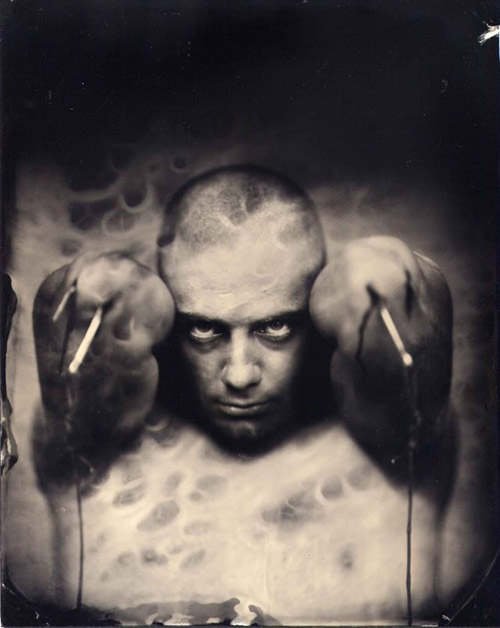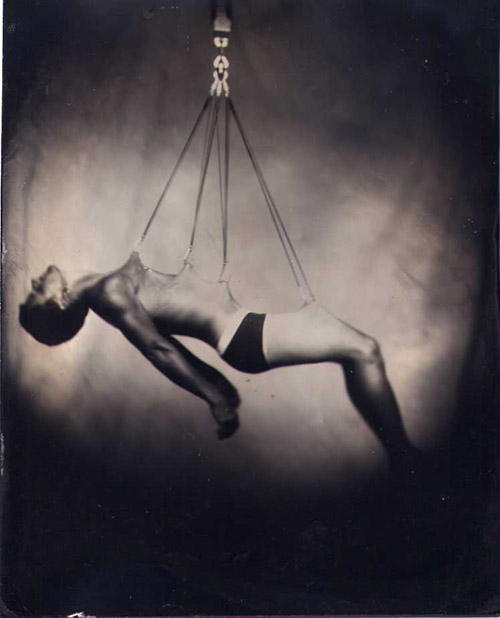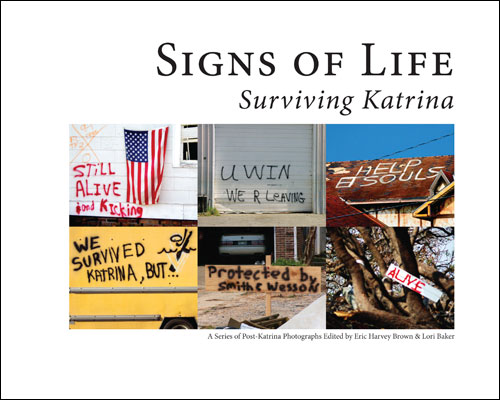After a successful pinhole workshop at the Ann Arbor District Library in August, photographer Matt Callow is curating an exhibit of work created by the workshop participants, to be displayed at the Malletts Creek branch along with a selection of photos of the workshop in action.
Opening reception Friday, 22 September, 2006 at 7pm, at 3090 East Eisenhower Parkway, Ann Arbor, MI, US.
Details at the library Web site.


